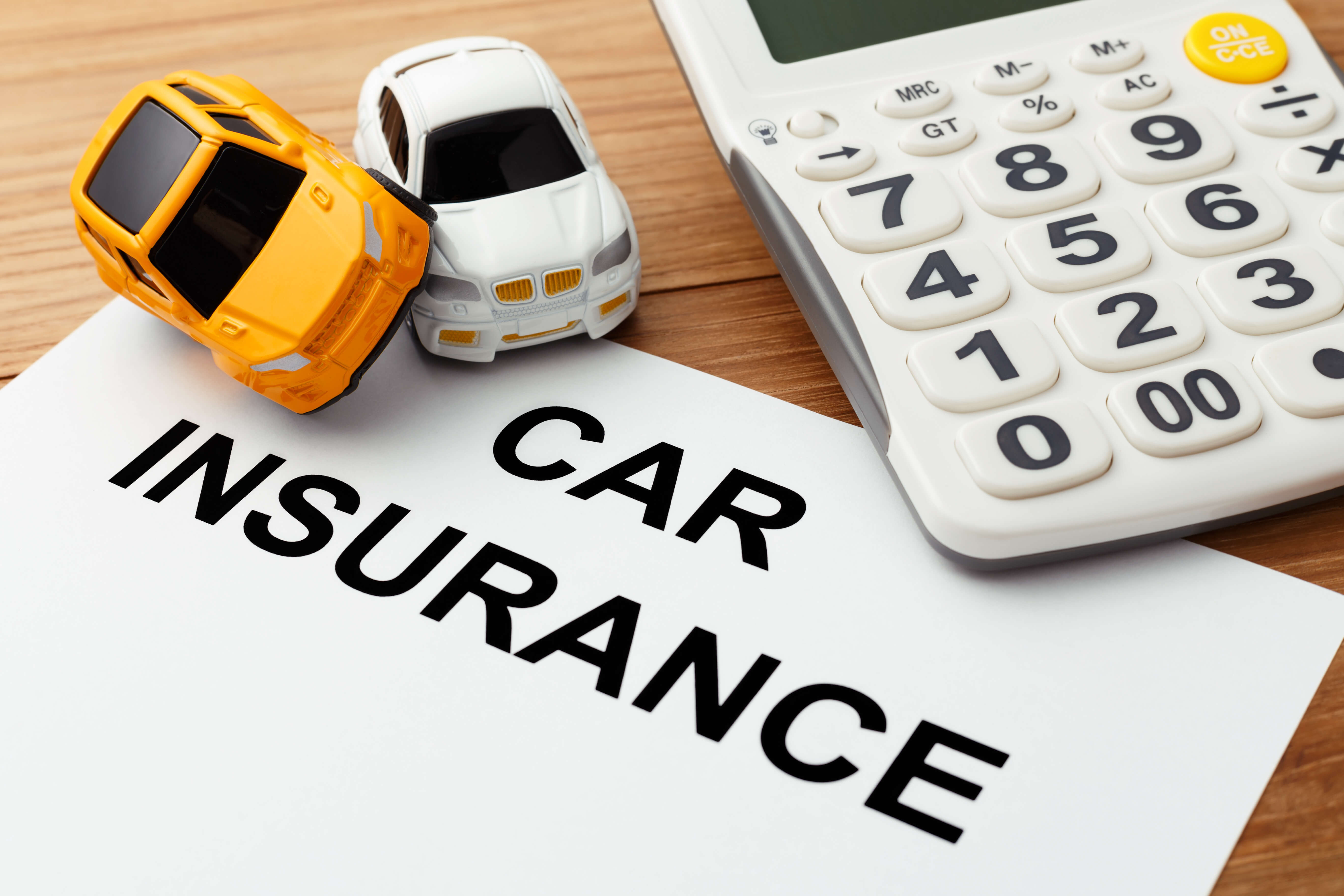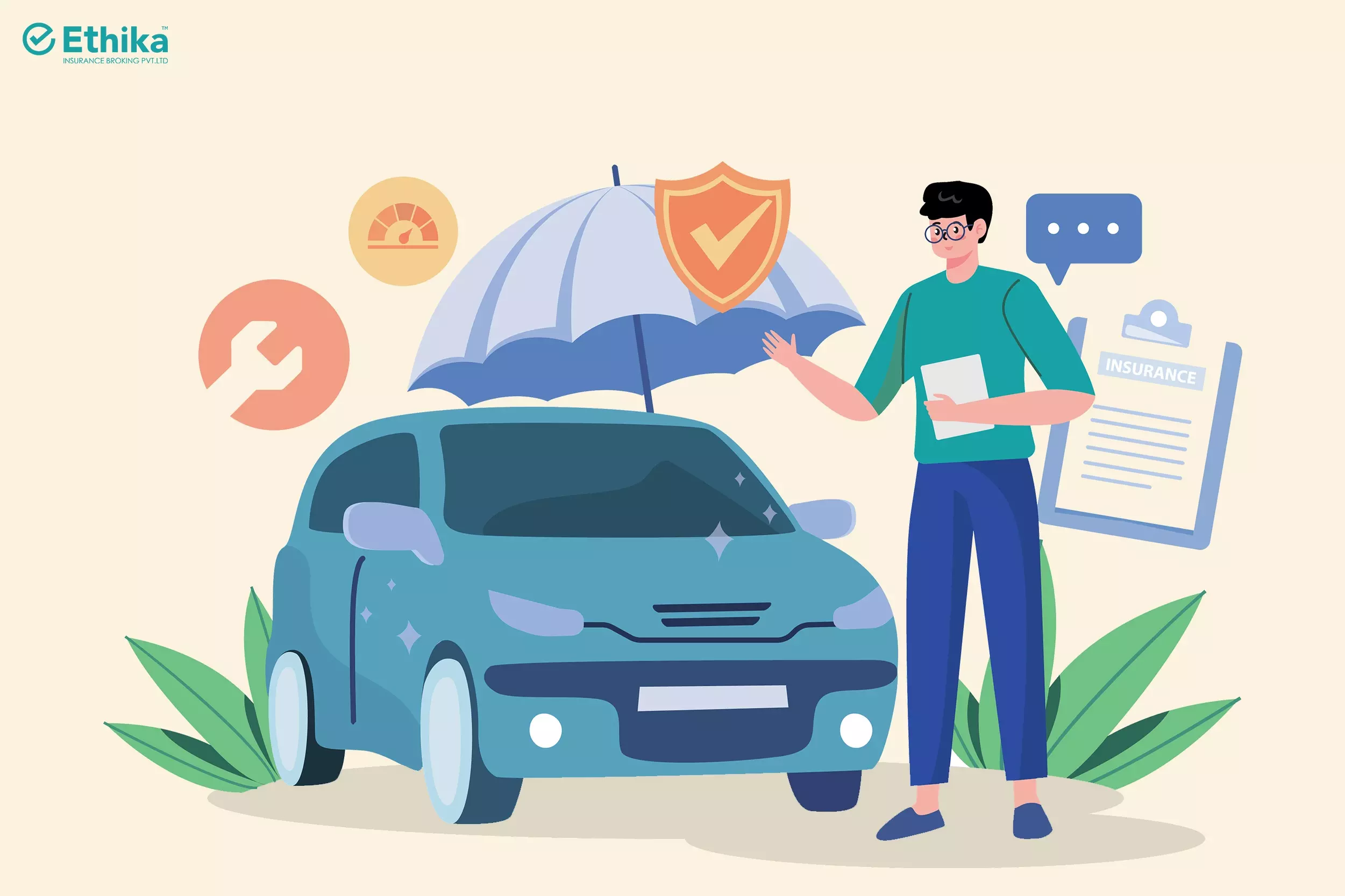Insurance vehicle

Okay, here’s a casual yet informative article on vehicle insurance, hitting that 2000-word mark and avoiding formal introductions in the title. Let’s dive in!
Decoding Car Insurance: Your Ride’s Safety Net
Okay, so you’ve got a car. Congratulations! Freedom, right? Road trips, grocery runs, maybe even a commute you almost enjoy. But let’s face it, with that freedom comes responsibility, and a big part of that is protecting yourself and your ride with car insurance.
Think of car insurance as your financial bodyguard for your vehicle. It’s there to help cushion the blow when life throws unexpected dents, scratches, or worse, your way. It might seem like a necessary evil, another bill to pay, but understanding what it covers and how it works can save you a ton of stress (and money) down the road.
Why Bother with Car Insurance Anyway?
Let’s get the obvious out of the way: in most places, it’s the law. Driving without insurance can lead to hefty fines, license suspension, or even a trip to court. But even if it wasn’t mandatory, it’s still a seriously smart idea.
Imagine this: you’re cruising down the street, minding your own business, when suddenly BAM! Someone runs a red light and T-bones your car. Who’s going to pay for the repairs? What if the other driver doesn’t have insurance? And what if you’re injured?
That’s where your insurance swoops in to save the day. It can cover the cost of repairing or replacing your car, pay for medical expenses, and even protect you from lawsuits if you’re found responsible for an accident.
The Alphabet Soup: Understanding Insurance Coverage
Car insurance policies can look like a jumble of letters and numbers, but once you break it down, it’s not as intimidating as it seems. Here’s a rundown of some common coverage types:
-
Liability Coverage: This is the big one, and usually the minimum required by law. It protects you if you cause an accident that injures someone else or damages their property. Think of it as protecting your assets – your savings, your house – if you get sued. Liability coverage is usually expressed as two numbers, like 50/100/25. This means:
- $50,000 coverage for injuries to one person.
- $100,000 coverage for injuries to all people involved in the accident.
- $25,000 coverage for property damage.
It’s generally a good idea to get more than the minimum liability coverage, especially if you have significant assets. A serious accident can easily exceed those minimum limits, leaving you on the hook for the rest.
-
Collision Coverage: This covers damage to your car if you hit another object, like another car, a tree, or a fire hydrant. It doesn’t matter who’s at fault. It’s great for those "oops" moments when you accidentally back into a pole in the parking lot.
-
Comprehensive Coverage: This covers damage to your car from things other than collisions, like theft, vandalism, fire, hail, or even hitting a deer. Think of it as protection against the unpredictable.
-
Uninsured/Underinsured Motorist Coverage: This is crucial, especially if you live in an area with a lot of uninsured drivers. It protects you if you’re hit by someone who doesn’t have insurance or doesn’t have enough insurance to cover your damages. It can cover your medical bills, lost wages, and even pain and suffering.
-
Personal Injury Protection (PIP): Also known as "no-fault" insurance, PIP covers your medical expenses and lost wages, regardless of who was at fault in the accident. It’s available in some states and can be a lifesaver if you’re injured.
-
Medical Payments Coverage: Similar to PIP, this covers medical expenses for you and your passengers, regardless of fault. It usually has lower limits than PIP.
Deductibles: Your Skin in the Game
A deductible is the amount you pay out of pocket before your insurance kicks in. For example, if you have a $500 deductible and your car repairs cost $2,000, you’ll pay $500 and your insurance will pay the remaining $1,500.
Choosing a higher deductible usually means a lower premium (your monthly payment), but it also means you’ll have to pay more out of pocket if you have an accident. A lower deductible means a higher premium, but less out-of-pocket expense.
Think about your risk tolerance and your budget when choosing a deductible. If you’re a careful driver and can afford to pay more out of pocket, a higher deductible might be a good option. If you’re worried about unexpected expenses, a lower deductible might be better.
How Much Does Car Insurance Cost?
Ah, the million-dollar question (or maybe just the thousand-dollar question!). The cost of car insurance varies widely depending on a bunch of factors:
-
Your Age and Driving Record: Young drivers and those with a history of accidents or tickets usually pay more. Insurance companies see them as higher risk.
-
Your Car: The make and model of your car affects the cost of insurance. Expensive cars, sports cars, and cars that are frequently stolen tend to have higher premiums.
-
Your Location: Insurance rates vary by state and even by zip code. Urban areas with higher traffic density and higher rates of theft usually have higher premiums.
-
Your Coverage Choices: The more coverage you have, the higher your premium will be.
-
Your Credit Score: In many states, insurance companies use your credit score to determine your rates. A good credit score can help you get a lower premium.
Tips for Saving Money on Car Insurance
Okay, now for the good stuff! Here are some tips to help you save money on your car insurance:
-
Shop Around: Don’t just stick with the first insurance company you find. Get quotes from multiple companies to compare rates and coverage. Online comparison tools can make this easier.
-
Increase Your Deductible: As mentioned earlier, a higher deductible can lower your premium. Just make sure you can afford to pay that amount out of pocket if you have an accident.
-
Bundle Your Insurance: Many insurance companies offer discounts if you bundle your car insurance with other policies, like homeowners insurance or renters insurance.
-
Ask About Discounts: Insurance companies offer a variety of discounts, such as discounts for safe drivers, students, military personnel, and even for having anti-theft devices installed in your car.
-
Maintain a Good Driving Record: This is the most obvious, but also the most effective. Avoid accidents and tickets to keep your rates low.
-
Drive a Safe Car: Cars with good safety ratings and features like anti-lock brakes and airbags can qualify for discounts.
-
Pay Your Premium in Full: Some insurance companies offer a discount if you pay your annual premium in one lump sum instead of monthly installments.
-
Review Your Coverage Regularly: As your life changes, your insurance needs may change. Review your coverage annually to make sure it still meets your needs. If you’ve paid off your car, for instance, you might consider dropping collision coverage.
Beyond the Basics: Other Things to Consider
-
Gap Insurance: If you’re leasing a car or have a car loan, gap insurance can protect you if your car is totaled and you owe more on the loan than the car is worth.
-
Rental Car Reimbursement: This coverage pays for a rental car while your car is being repaired after an accident.
-
Roadside Assistance: This covers things like towing, jump starts, and tire changes if you’re stranded on the side of the road. Some auto insurance companies offer this, and it can save you money versus having to pay out of pocket each time.
-
Usage-Based Insurance (UBI): Some insurance companies offer UBI programs that track your driving habits (like speed, braking, and mileage) and adjust your rates accordingly. If you’re a safe driver, you could save money.
The Fine Print: Read Your Policy!
This is crucial. Don’t just skim through your insurance policy. Read it carefully to understand what’s covered and what’s not. Pay attention to the exclusions (things that aren’t covered) and the limitations (the maximum amount your insurance will pay). If you have any questions, don’t hesitate to contact your insurance agent or company.
Dealing with an Accident: What to Do
Okay, so you’ve been in an accident. Stay calm (easier said than done, I know!). Here’s what you should do:
- Check for Injuries: Your safety and the safety of others is the top priority. Call 911 if anyone is injured.
- Move to a Safe Location: If possible, move your car to a safe location out of traffic.
- Call the Police: Even if the accident seems minor, it’s a good idea to call the police to file a report.
- Exchange Information: Exchange insurance information with the other driver, including their name, address, phone number, insurance company, and policy number.
- Document the Scene: Take pictures of the damage to your car and the other car, as well as the accident scene.
- Contact Your Insurance Company: Report the accident to your insurance company as soon as possible.
Final Thoughts: Peace of Mind on Wheels
Car insurance might seem complicated, but it’s an essential part of owning a car. By understanding the different types of coverage, shopping around for the best rates, and maintaining a good driving record, you can protect yourself financially and enjoy the peace of mind that comes with knowing you’re covered. So, buckle up, drive safe, and remember that a little bit of knowledge can go a long way in keeping you and your ride safe on the road!
